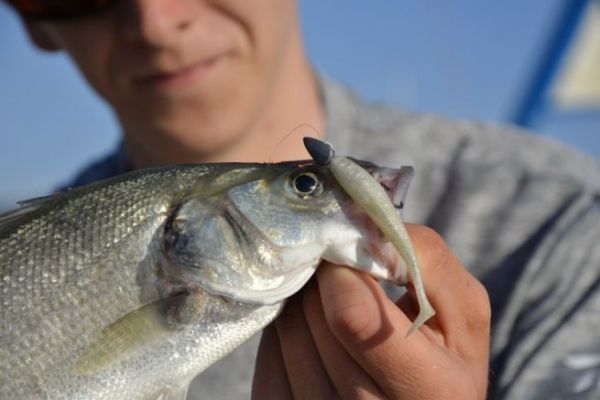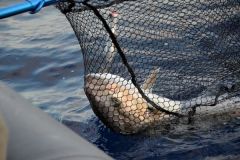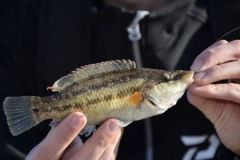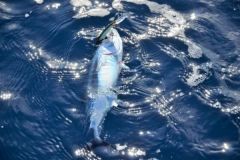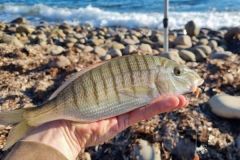The king fish wolf
The wolfish is a highly prized fish that can be caught with lures on most sandy beaches, especially near river mouths or areas with underwater structures such as rocks or seagrass beds. To find the wolfish, a wary fish, on sandy beaches, you need to be discreet. You need to be discreet both when moving and when mounting.
Before searching as far as you can for a potential fish, always bear in mind that the same fish you're hoping for may be right on the edge of the beach, practically at your feet. So it's a good idea to start by prospecting the very first few metres from the shore, before fishing a little further out. For greater discretion, especially when the water is clear and calm, keep away from the shore to fish effectively in the first few metres from the beach. Fine fishing is therefore essential for success, and since sandy beaches have very few obstacles, even fights with pretty fish can be easily mastered.
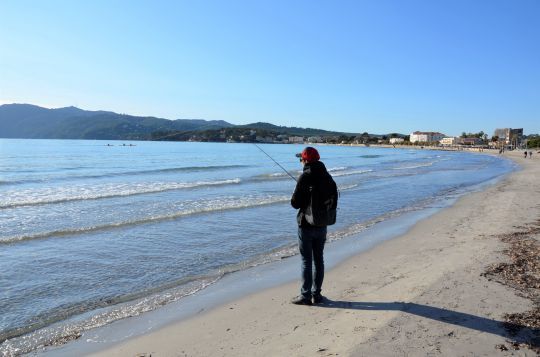
When to fish for wolffish on sandy beaches?
To give yourself the best chance of success, wolfish anglers in these atypical biotopes should give priority to the quiet moments of sunrise and sunset, or even at night, especially when the sea is calm. When the sea is rougher, fishing can be done in the middle of the day.
Which lures to choose?
Wolffish can be fished with most hard lures, walking-the-down surface lures, stickbaits, jerkbaits or micro-jigs. Soft lures mounted on a lead head are particularly effective on wolffish if you want to fish the whole water layer. Always bear in mind that lure size must be adapted to the prey encountered on your fishing grounds.
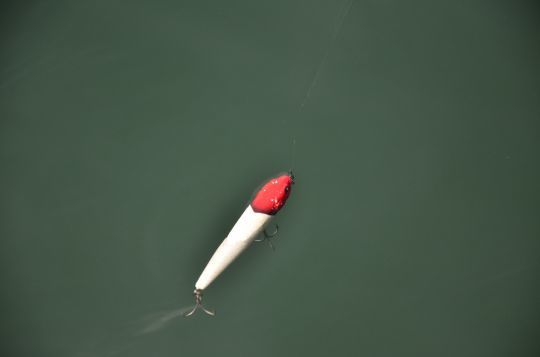
A shrinking population
The wolffish remains a highly sought-after species for lure fishing enthusiasts, even though its population continues to decline, especially near the coast. Indeed, large wolffish are becoming increasingly rare, and you'll have to be patient and relentless if you hope to catch a wolffish over 50 centimetres. But what a pleasure it would be to land such a fish one day on the Mediterranean coast.
